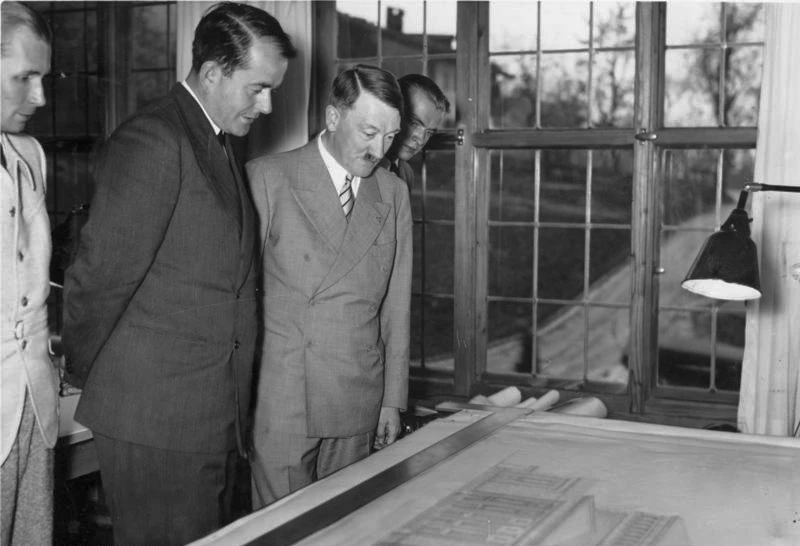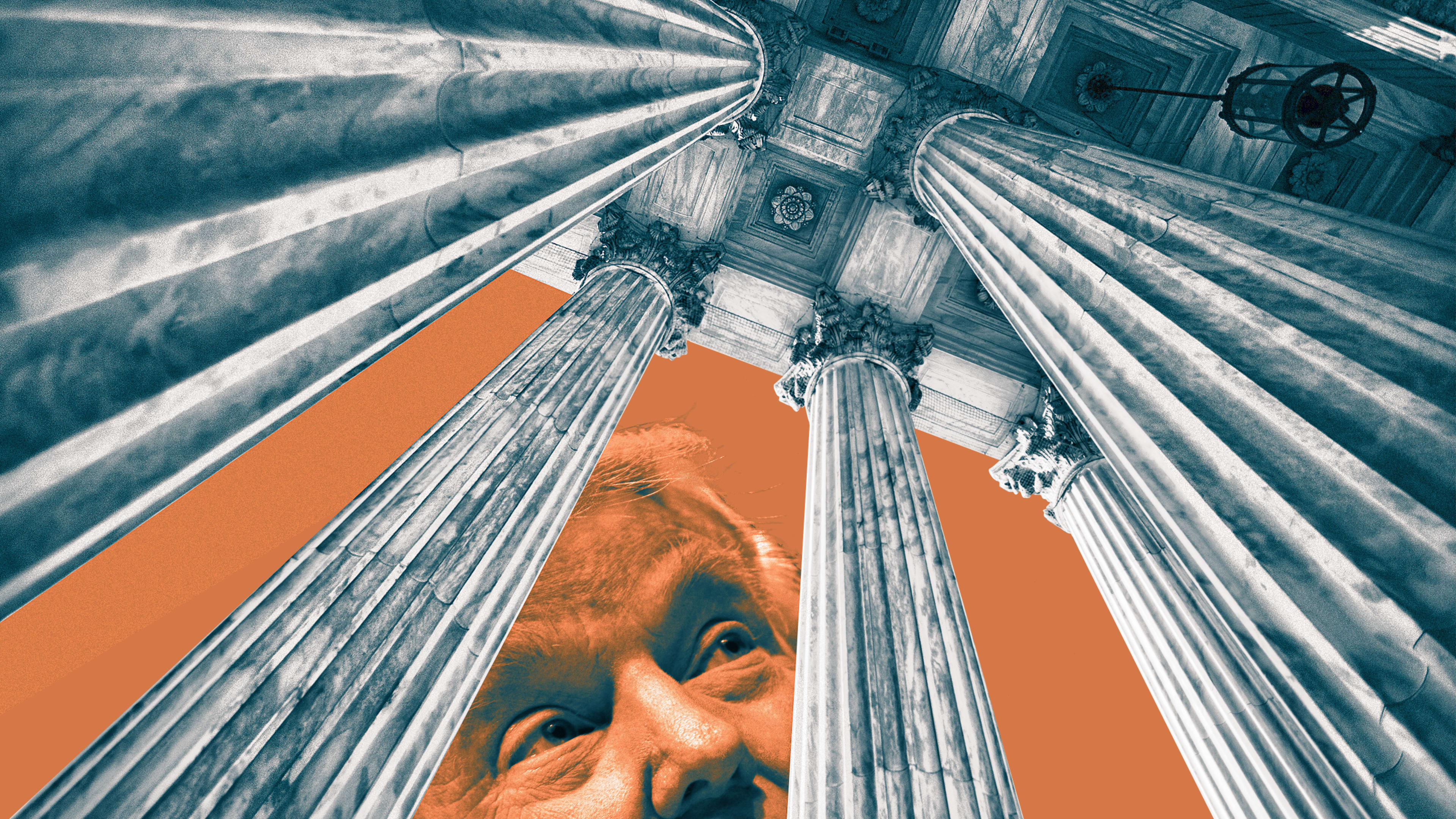When it comes to foreign policy, the Trump administration has made a point of making nice with modern-day autocrats such as Vladimir Putin, Kim Jong-un, and Recep Tayyip Erdoğan. A new draft executive order obtained by Architectural Record called “Making Federal Buildings Beautiful Again” indicates that the Trump administration may be finding an architectural common ground with autocratic regimes of yesteryear too.
The order would revise the “Guiding Principles for Federal Architecture,” written by Senator Patrick Moynihan and issued by the General Services Administration in 1962, to dictate that “the classical architectural style shall be the preferred and default style” for upgrades or construction of new federal buildings, according to Architectural Record. It’s an odd proposition on two levels: both to decree an official style and to insist that that style be classical, the favored genre of the Third Reich. As architecture critic Paul Goldberger tweeted, “It’s what dictatorships do, not democracies.”
The draft order also critiques federal building design of the past half-century, saying that Brutalism and Deconstructivism, two architectural styles that first gained popularity in the 1950s and 1980s respectively, fail to meet one of the 1962 guiding principles, that federal buildings “provide visual testimony to the dignity, enterprise, vigor, and stability of the American government.”
While the current GSA may interpret contemporary architectural styles to be in violation of the guiding principles written in 1962, its actual authors did not. The next sentence of the original text reads: “Major emphasis should be placed on the choice of designs that embody the finest contemporary American architectural thought.” The second point of that 1962 architectural policy reads: “The development of an official style must be avoided. Design must flow from the architectural profession to the Government, and not vice versa.”
By prescribing classical architecture, it seems the current administration seeks to impose a value set rather than build from one. It’s worth noting that David Insinga, GSA’s chief architect and the director of the Design Excellence Program, reportedly resigned from his position last week. (Fast Company attempted to contact Insinga for comment, but he could not be reached.)

“When the Nazis came to power, Hitler, like other dictators before him (and certainly Mussolini), saw architecture as the grand statement of power, the permanency of the ideals, ideas, and ideologies that the regime put forth,” says Steven Heller, co-chair of the MFA design program at the School of Visual Arts, who has written more than 100 books on graphic design and graphic design history, noting that Hitler was a failed artist and amateur architect. “He preferred neoclassical monumentalism as symbolizing power and the 1,000-year Reich.”
Heller, who served on the Federal Design Award panel, told me that the “Making Federal Buildings Beautiful Again” draft order can be seen in two ways. The first, as a “government leadership decision to establish a branded style, like WPA-era Post Offices, which were designed along official lines and indicated authority,” though there is currently no major federal building effort to necessitate it. The other way to see it, Heller says, is as a decree “that represents uniformity as an extension of power—aka the Trump ERA.”
So is it over-the-top to conflate Trump’s draft order with Nazi-era architectural shows of power? Or is “Making Federal Buildings Beautiful Again” something that should legitimately sound the alarm bells? Heller says a little bit of both.
“When one design style is preferred over another, that may be construed as an aesthetic preference. But when it is linked to a presidential act or decree, especially a president that exhibits authoritarian tendencies, then there is reason for alarm,” Heller says. “We tend to ignore the nuances of power, like graphics and architecture styles, until it’s too late. An official style of architecture has prevailed in all nations both democratic and authoritarian ones; how this decree impacts the freedom to create art and design will determine the health of democracy.”
Of course, it’s only a draft order, not an official decree. “Equating ‘Make Federal Buildings Beautiful Again’ with Trump’s perceived dictatorial aspirations may be an exaggeration—America has had its share of official architectural styles,” Heller says. “But there is reason for alarm in the rhetoric that the king of tasteless glitz is attempting to impose his personal brand on the physical manifestation of this nation.”
The redevelopment of federal buildings has been on Trump’s mind for a few years now. In 2018, Trump suggested that the J. Edgar Hoover building in Washington, D.C., needs “a total revamp,” saying, “It’s one of the brutalist-type buildings, you know, brutalist architecture. Honestly, I think it’s one of the ugliest buildings in the city.” I bet a fair number of people would agree that the austere look of a major Brutalist building is not to their taste. But you have to wonder what the FBI building and those like it would be replaced with, and why. Politico once called Trump’s design taste “dictator chic.” If the draft order becomes policy, “dictator chic” could be the nation’s new official look.
Recognize your brand’s excellence by applying to this year’s Brands That Matter Awards before the early-rate deadline, May 3.
